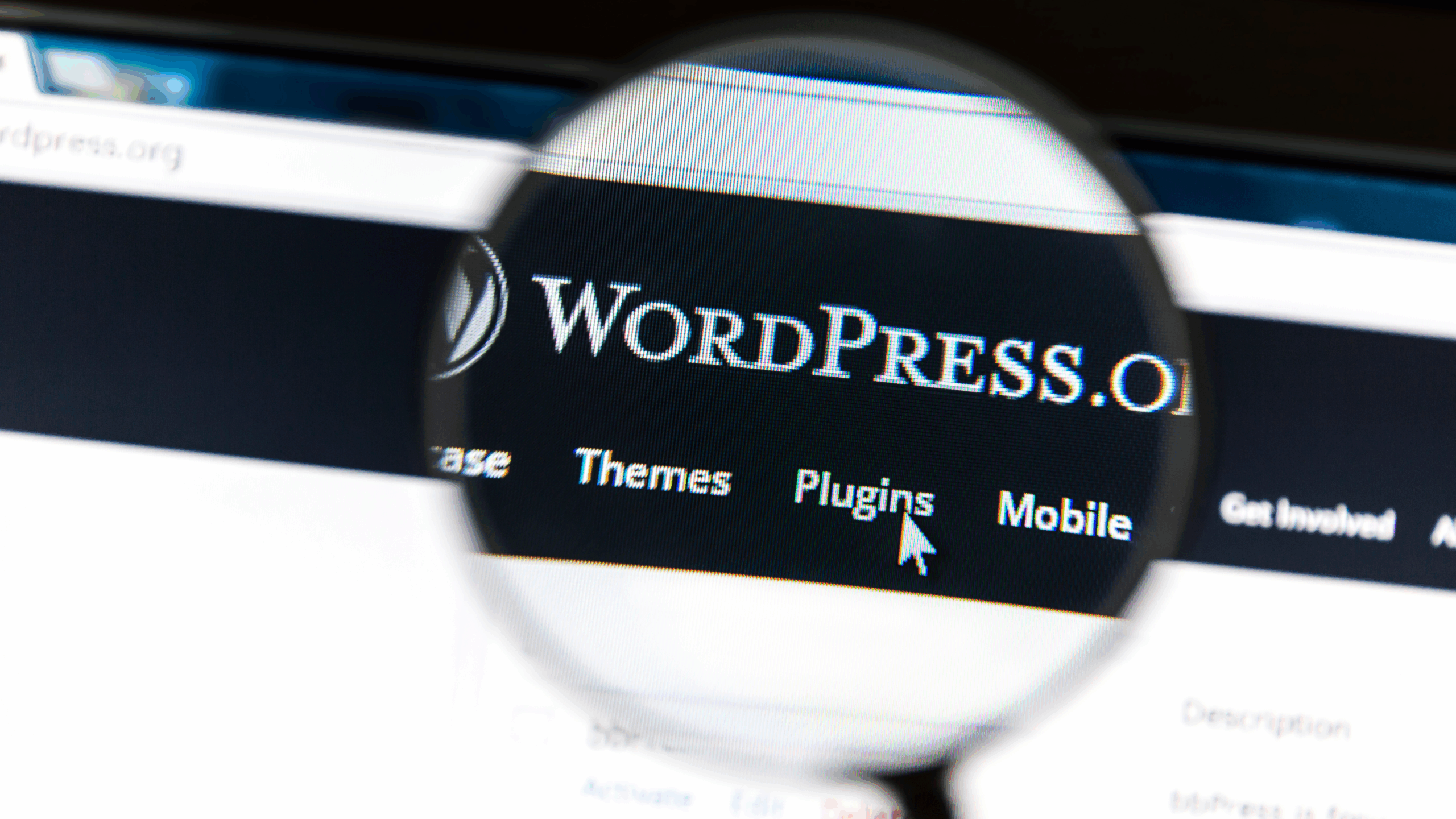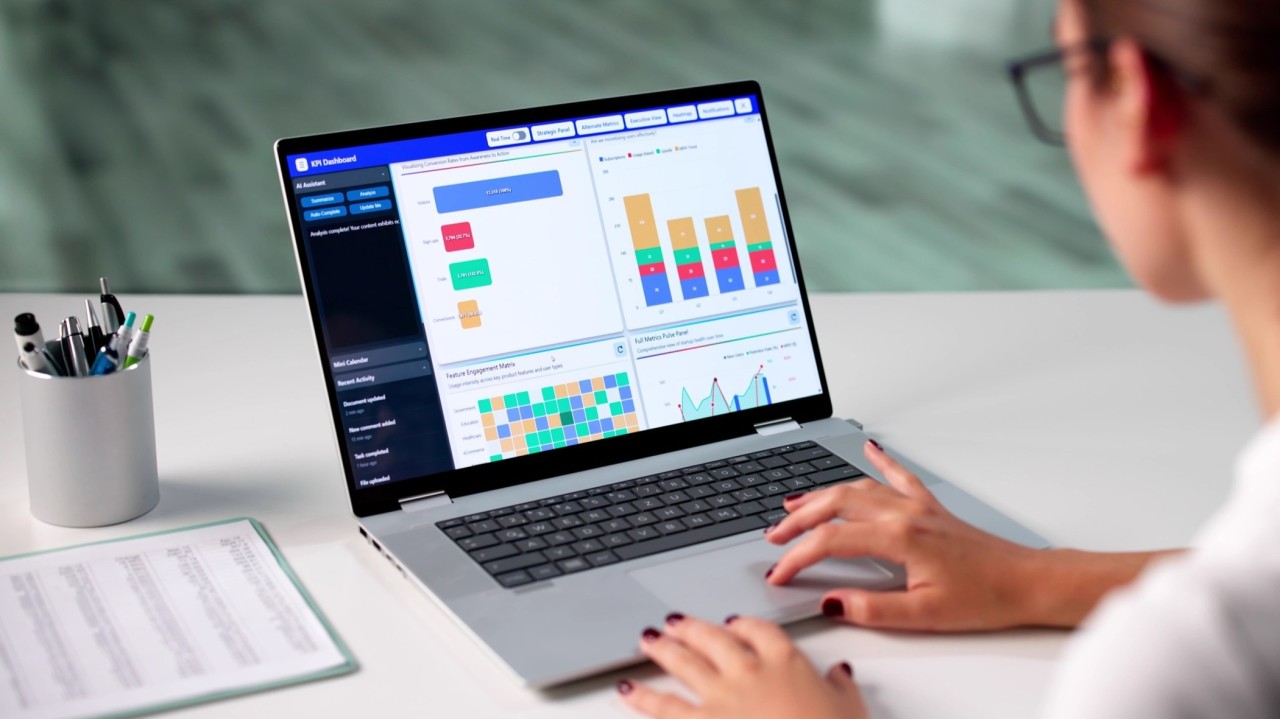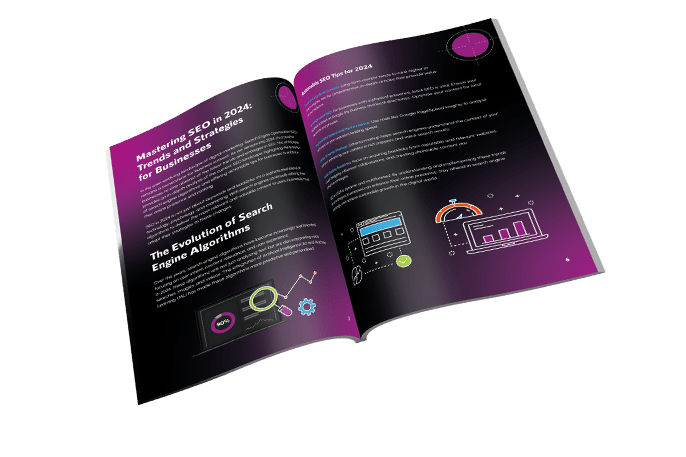News
Inclusive Design Trends: How Accessibility is Transforming UX/UI in 2025
The world of digital marketing is evolving rapidly, and at the heart of this transformation is the growing emphasis on inclusive design. As we look towards 2025, it’s clear that accessibility will continue to shape the user experience (UX) and user interface (UI) design landscape. This shift isn’t just a trend but a fundamental change that reflects the diversity of users engaging with digital content today.
From websites and mobile apps to digital advertising and social media platforms, businesses and designers are prioritising accessibility to ensure that their products are usable by everyone, regardless of their abilities or limitations. In this article, we’ll explore how inclusive design is reshaping UX/UI in digital marketing, the key trends driving this shift, and why it’s crucial for businesses to embrace these changes.
The Growing Importance of Inclusive Design
Inclusive design is centred on creating digital experiences that cater to people with diverse needs, including those with disabilities. Whether it’s improving navigation for people with visual impairments, making content easier to interact with for those with cognitive disabilities, or ensuring that websites are fully functional for people with limited motor skills, accessibility is now a cornerstone of effective UX/UI design.
A 2023 report from the UK government found that nearly 1 in 5 people in the UK have some form of disability (Office for National Statistics, 2023). This statistic underscores the importance of making sure digital platforms are accessible to a significant portion of the population. As accessibility becomes a fundamental consideration in UX/UI design, businesses that fail to prioritise it risk alienating a large and growing audience.
Digital Accessibility and Its Impact on Digital Marketing
The primary goal of digital marketing is to engage as many potential customers as possible, but this goal is only achievable when websites and apps are accessible to all users. According to a study by WebAIM, 98% of homepages on the web have some form of WCAG (Web Content Accessibility Guidelines) failure, meaning the majority of online experiences fail to meet basic accessibility standards. As businesses increasingly recognise the importance of making their websites inclusive, the role of UX/UI designers will continue to evolve to accommodate the needs of diverse users.
In 2025, inclusive design in digital marketing will take centre stage for several reasons:
- Legal Compliance: In the UK, businesses are legally required to provide accessible websites under the Equality Act 2010, which mandates that reasonable adjustments are made to ensure accessibility for all users. This legal framework is pushing businesses to focus on accessibility more than ever before.
- Better User Engagement: Digital marketing is all about engaging users, and accessible design ensures that users with different abilities can interact with content more easily. Inclusive design enhances user engagement, fostering trust and improving conversion rates.
- SEO Benefits: Accessibility and SEO often overlap. Websites that are accessible to users with disabilities tend to perform better in search rankings. For example, websites with proper alt text for images are more accessible to people with visual impairments and more likely to rank well in search engines.
- Brand Reputation: Businesses that embrace inclusive design demonstrate their commitment to diversity and inclusion, improving their reputation among consumers. By prioritising accessibility, companies can build trust with a broader audience and position themselves as leaders in responsible digital marketing.
Key Trends in Inclusive Design for 2025
As we look toward 2025, several trends in inclusive UX/UI design are gaining momentum. These trends are not only transforming the way digital marketing campaigns are executed but are also contributing to a more equitable and inclusive online environment.
1. AI-Powered Accessibility Tools
Artificial intelligence (AI) is becoming an essential tool for enhancing accessibility. In 2025, we can expect AI to play a larger role in automatically identifying accessibility issues on websites and apps. AI tools can analyse web content and suggest improvements to make it more accessible, from adjusting colour contrast to improving alt text descriptions for images.
AI can also help improve voice recognition and text-to-speech technologies, making it easier for users with visual impairments or cognitive disabilities to engage with content. Additionally, AI is becoming more adept at creating personalised experiences, allowing users to customise websites to suit their needs, whether it’s through font size adjustments, colour schemes, or simplified navigation.
2. Voice User Interface (VUI) Design
Voice search and voice-activated interfaces have been gaining traction in recent years, and by 2025, this technology is expected to be more widespread and integrated into digital marketing strategies. Voice User Interface (VUI) design is a crucial component of inclusive design, particularly for users with visual impairments or motor disabilities.
In 2025, VUI will become a core part of UX/UI design for digital marketing. Businesses will need to optimise their websites, apps, and content for voice interactions. This means considering the specific language patterns used in voice searches and ensuring that the content is easy to navigate through voice commands.
A report from Statista indicates that the number of smart speakers in the UK is expected to exceed 20 million by 2025 (Statista, 2023). This highlights the growing significance of voice technology and the need for businesses to incorporate voice functionality into their digital strategies.
3. Increased Use of Colour Contrast and Readability Enhancements
Colour contrast is a key aspect of making digital content accessible, particularly for users with visual impairments such as colour blindness. In 2025, we can expect to see more emphasis on high-contrast designs that allow text and visuals to stand out clearly against backgrounds. Ensuring adequate contrast improves readability for all users, particularly those with low vision.
Moreover, the trend toward simplifying typography will continue, with designers focusing on legible fonts and adaptable text sizes. Clear and readable fonts are essential for users with dyslexia, and adaptive text allows users to adjust content according to their personal preferences.
4. Inclusive Content and Multilingual Accessibility
In an increasingly globalised world, inclusive content means catering to users from various linguistic and cultural backgrounds. Businesses are recognising that offering multilingual websites is not just a nice-to-have but a necessity. By 2025, we can expect more digital platforms to provide seamless multilingual experiences that offer content in various languages, making it accessible to non-English speakers.
Furthermore, culturally sensitive content that is inclusive of diverse groups will continue to rise. This includes imagery and messaging that represents a wide range of ethnicities, genders, and abilities, helping brands connect with a more diverse audience.
5. Personalisation for All Users
Personalisation is one of the leading trends in UX/UI design, but in 2025, it will evolve to be more inclusive. Personalisation will go beyond user preferences related to products and services to include considerations for accessibility needs. For example, websites and apps will allow users to adjust settings such as font size, background colours, and contrast settings based on their individual accessibility requirements.
Personalisation will also extend to content recommendations, where businesses will use data to ensure that the content presented is accessible and tailored to each user’s preferences and needs, enhancing both the user experience and the effectiveness of digital marketing campaigns.
6. Responsive Design for Mobile Accessibility
With mobile devices becoming the primary means of internet access, it’s crucial that websites and digital marketing efforts are optimised for mobile users. By 2025, responsive design will be the standard for accessibility, ensuring that content is easily navigable on smaller screens. Mobile-first design will also take accessibility into account, creating intuitive, easy-to-navigate mobile experiences for users with various disabilities.
Accessibility features such as screen readers, voice commands, and simple navigation will be integrated into mobile apps and websites, making it easier for all users to engage with digital content.
7. Collaboration Between UX/UI Designers and Disability Advocacy Groups
In 2025, collaboration between designers and disability advocacy groups will become even more critical. By working directly with people who have disabilities, UX/UI designers can gain insights into the unique challenges users face and create more effective solutions. These partnerships will help ensure that the needs of disabled users are incorporated into every stage of the design process, from conceptualisation to implementation.
Designers will also increasingly collaborate with legal experts to ensure compliance with accessibility regulations, helping businesses avoid costly lawsuits while also providing a better experience for all users.
The Business Case for Inclusive Design
Adopting inclusive design in UX/UI is not just about meeting legal requirements or improving accessibility for a marginalised group—it also makes good business sense. Research shows that accessibility is directly linked to higher conversion rates and greater user retention. When businesses invest in making their digital experiences accessible, they not only open up their products to a broader audience but also enhance their brand reputation.
Moreover, inclusive design can improve search engine optimisation (SEO). Search engines, such as Google, reward websites that are easy to navigate and offer accessible content. Websites that implement accessibility features like alt text, captioning, and structured headings are more likely to rank well, driving more organic traffic.
Conclusion
As we look ahead to 2025, it’s clear that inclusive design will continue to be a driving force in transforming the UX/UI landscape for digital marketing. The key trends we’ve explored—from AI-powered accessibility tools to voice interfaces and mobile-first design—are reshaping how businesses approach digital experiences. These changes not only benefit users with disabilities but enhance the overall user experience for everyone.
For businesses, embracing inclusive design isn’t just about compliance or meeting a trend; it’s about recognising that accessibility is a vital part of creating engaging, user-friendly digital experiences. By adopting inclusive design practices, businesses will position themselves as leaders in a more inclusive and diverse digital landscape, ultimately improving user satisfaction, engagement, and conversion rates.
As we move into 2025, the future of digital marketing will be shaped by accessibility. The brands that lead the way in inclusive design will be the ones that connect with the broadest audience and deliver the most effective digital experiences.
















The Ultimate Social Media Guide
With the ever-growing power of social media, we use the latest techniques, video, and animation software to craft eye-catching social media assets that make your brand pop. Our designers, wielding Adobe Creative tools, create distinctive animations and graphics to illuminate your brand story and highlight your products or services. Want a unique design? No problem – we also offer bespoke designs to match your brand aesthetic.